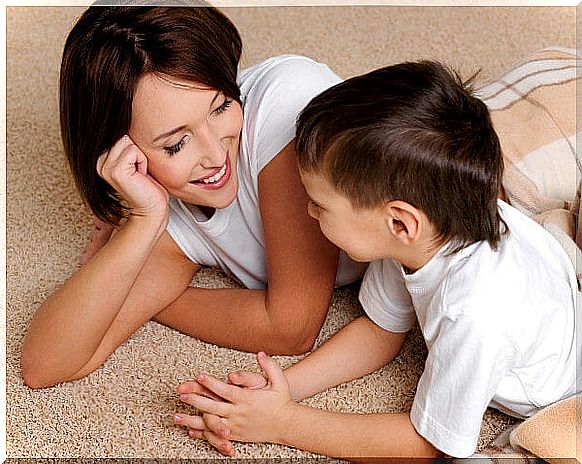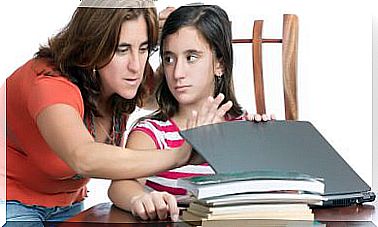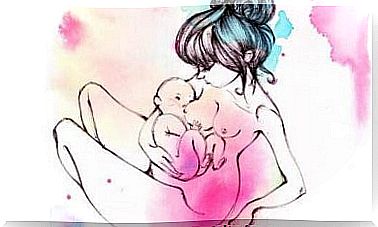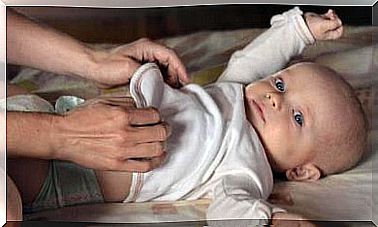Internalizing And Externalizing Symptoms In Children
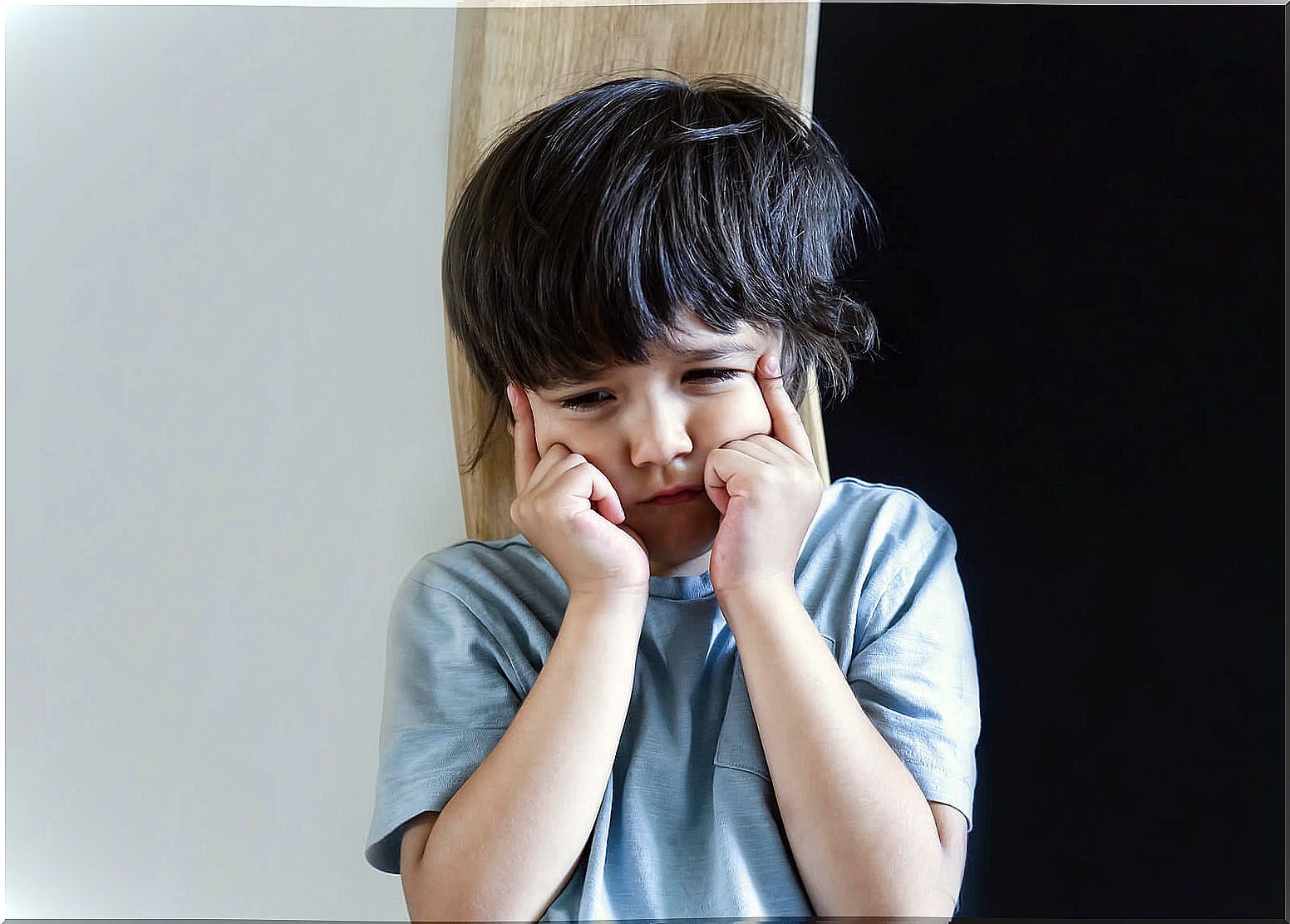
The psychological problems that minors can present are very diverse. Children with completely different behaviors can suffer from emotional, social and psychological difficulties.
Due to this wide variety of manifestations, it is not always easy to identify that the child is suffering and requires professional help or attention. Therefore, it is important to know what internalizing and externalizing symptoms are and how they differ.
The presence of these symptoms does not always indicate the existence of a complete disorder or syndrome. However, they should be taken into account since, without adequate care, they can progress to more serious problems as the child grows. Guiding them from childhood on how to handle difficulties can prevent further suffering.
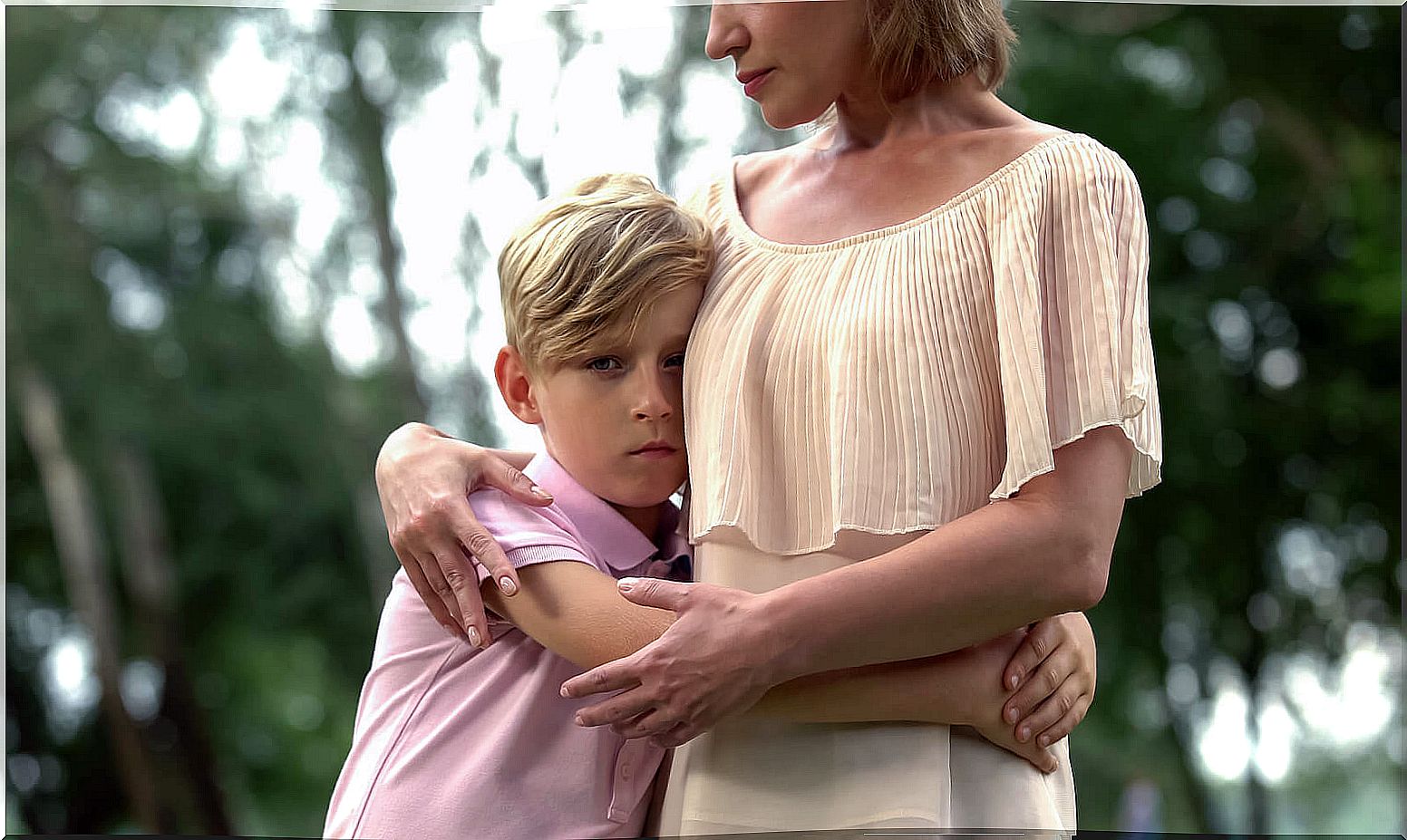
What are internalizing and externalizing symptoms?
Internalizing and externalizing symptoms are very different from each other. However, both hide emotional and behavioral difficulties. To differentiate them quickly and easily, we have to think that, in the former, the discomfort is directed inward, while in the latter, it is directed outward. Let’s take a closer look at it.
Internalizing symptoms
When the child thinks, feels and acts in an inappropriate way, discomfort and suffering are generated. In the case of internalizing symptoms, this discomfort is directed within the child himself and gives rise to manifestations such as:
- Crying, sadness, and thoughts of suicide.
- Inability to enjoy any activity, slowness and passivity.
- Perfectionism and feelings of inferiority.
- Sleep and appetite disturbances.
- Fears and phobias of different kinds.
- Anxiety, nervousness and frequent worries.
- Dependence or attachment to adults.
- Somatic symptoms, such as gastrointestinal problems or pain without medical justification.
Externalizing symptoms
On the other hand, in the case of externalizing symptoms, the child’s problems are projected outwards. Thus, symptoms such as:
- Uncontrolled emotions.
- Difficulty handling impulses.
- Irritability and aggressive behaviors.
- Inability to follow the rules.
- Behavior problems and difficulties in personal relationships.
Detection
In view of the above, it is easy to understand that externalizing symptoms are much easier to decree. These are behavior problems that are obvious because they interfere with the normal functioning of the child at home and at school.
Aggression, disobedience or conflicts with peers are striking and, therefore, parents and educators are able to identify, with little difficulty, that something is happening.
However, internalizing symptoms often go unnoticed, somewhat paradoxical, since they occur much more frequently. However, these are subjective elements that belong to the internal world of the child and that the adult cannot always observe.
In addition, these difficulties, despite causing enormous suffering in the minor, do not cause problems with family members, teachers or classmates, since the discomfort goes from the inside.
In addition, there is an added problem, since both types of symptoms do not occur equally in boys and girls. While the former tend to manifest externalizing behaviors more frequently, girls are more likely to suffer from anxiety, sadness or dependency, a difference that becomes more marked as young people approach adolescence.

This is due, in part, to the different brain configuration of boys and girls. However, the culturally associated roles of men and women also play an important role. And it is that boys are allowed more aggressive behaviors while girls are better tolerated passive or crying behaviors.
Treatment
In this sense, if you are a mother, pay attention to your child’s behavior even when it is not disturbing or conspicuous. Notice how he talks about himself and others, what his mood is like, or if he has excessive or inappropriate fear for his age. These details can be internalizing symptoms that are important red flags.
Thus, if you detect internalizing or externalizing symptoms in your children, do not ignore them. They may resolve with growth, but they may also lead to more serious disorders. Therefore, when in doubt, go to a child psychologist who can guide you in this regard.
